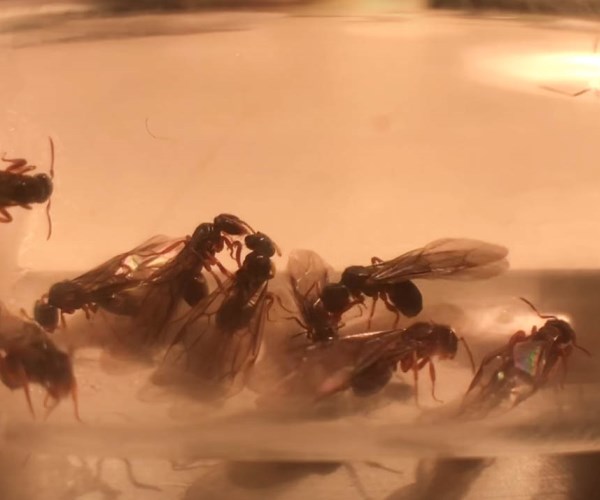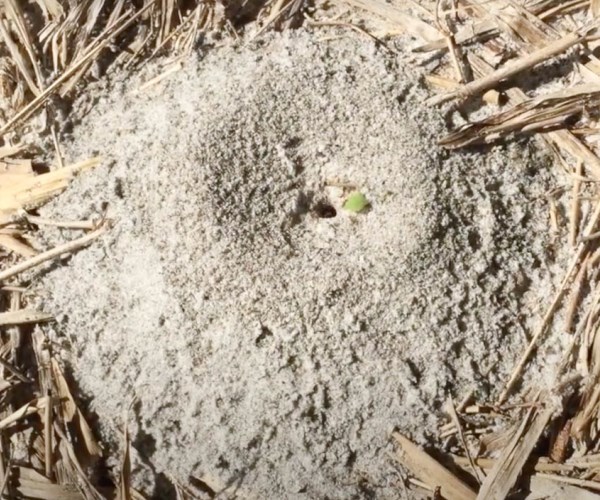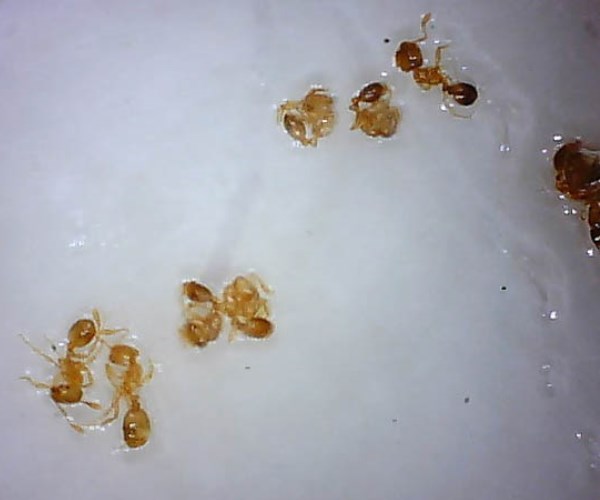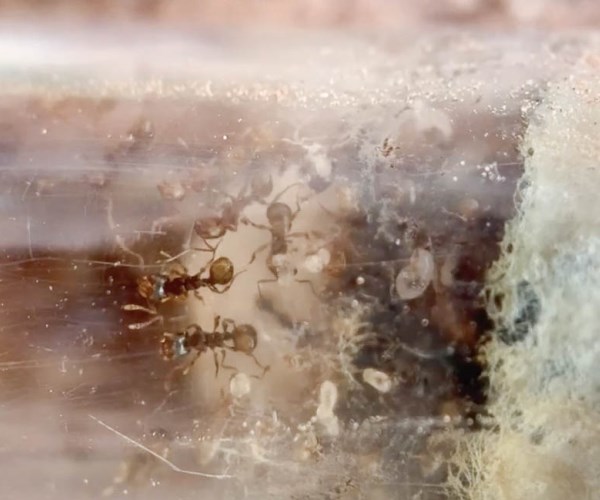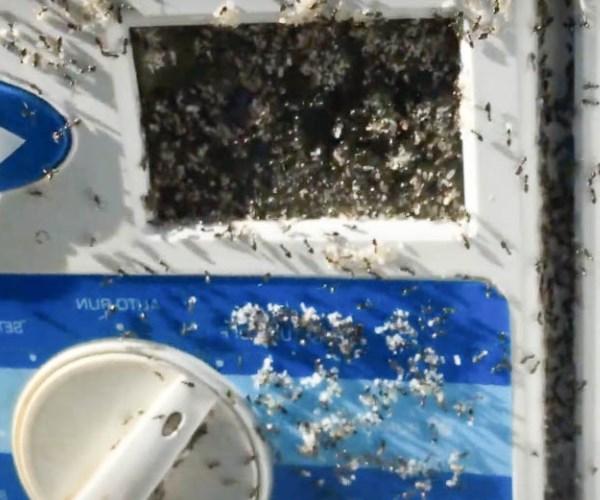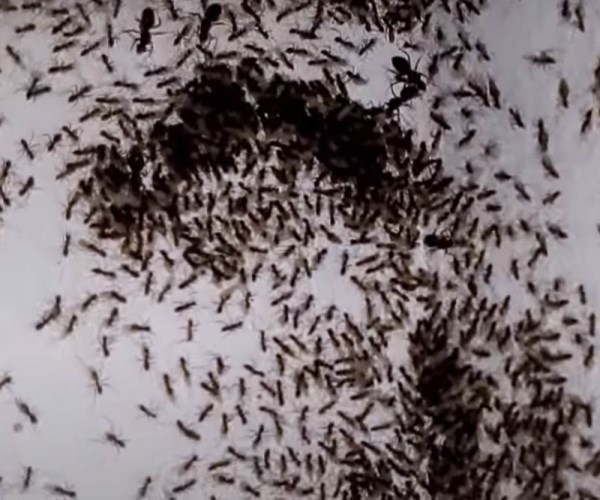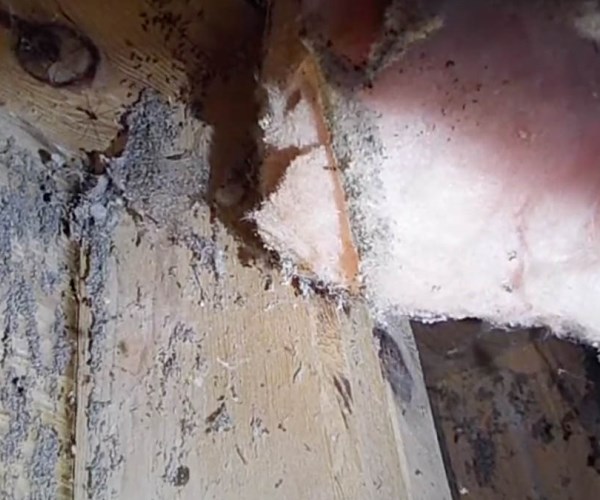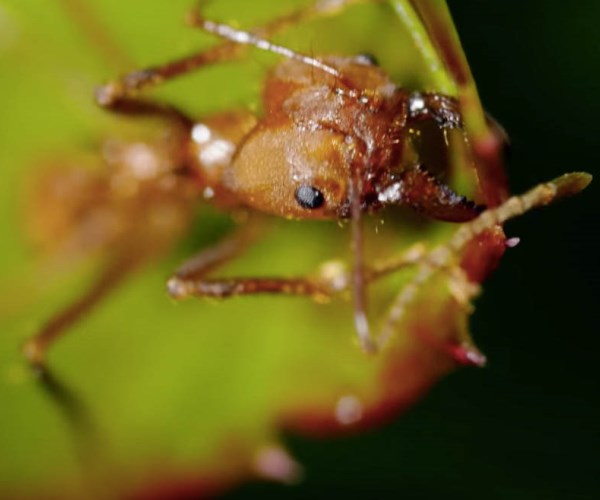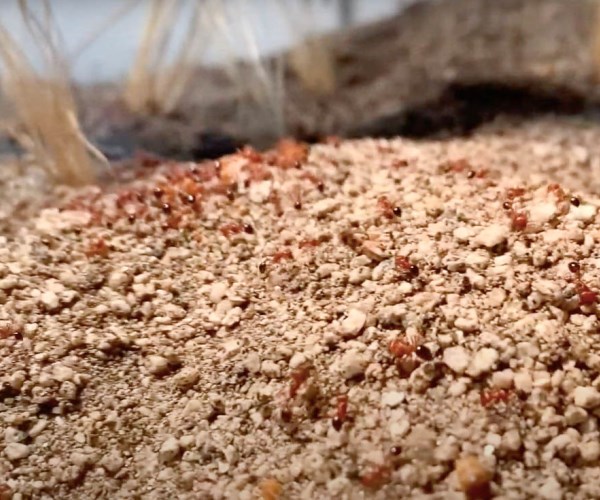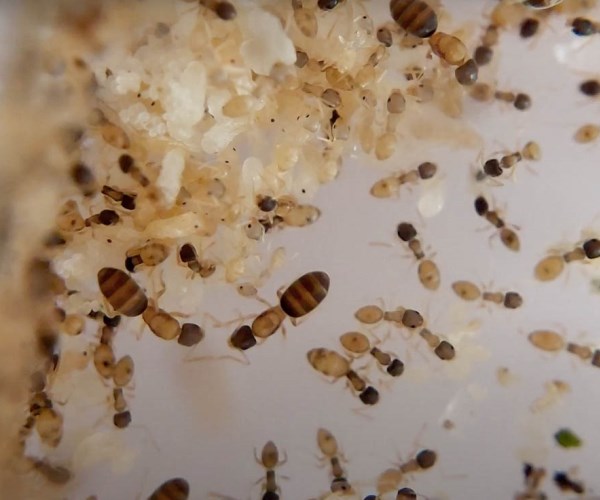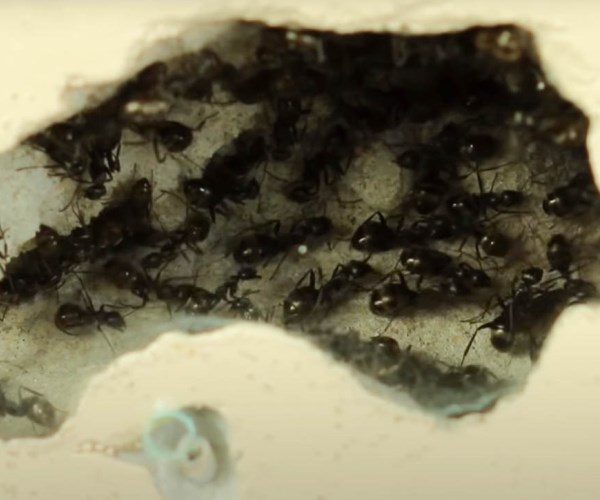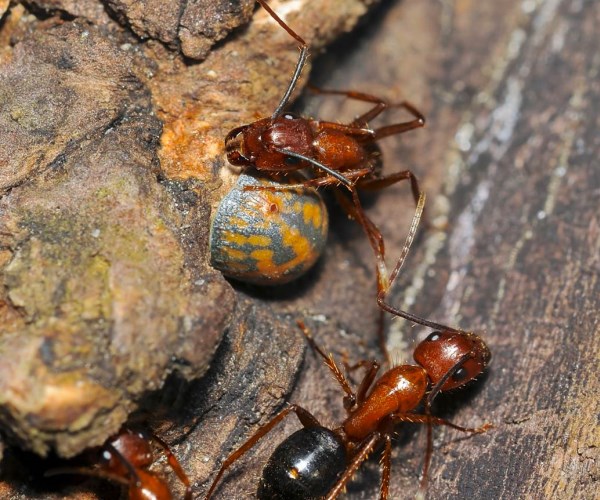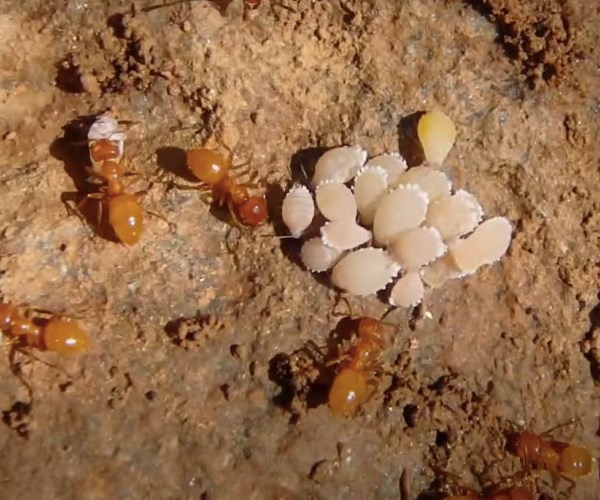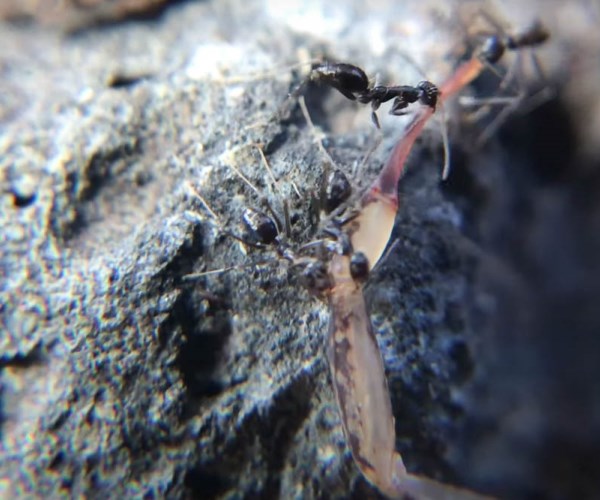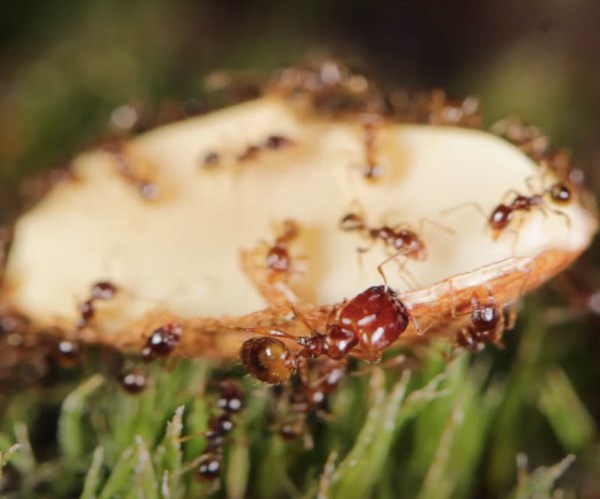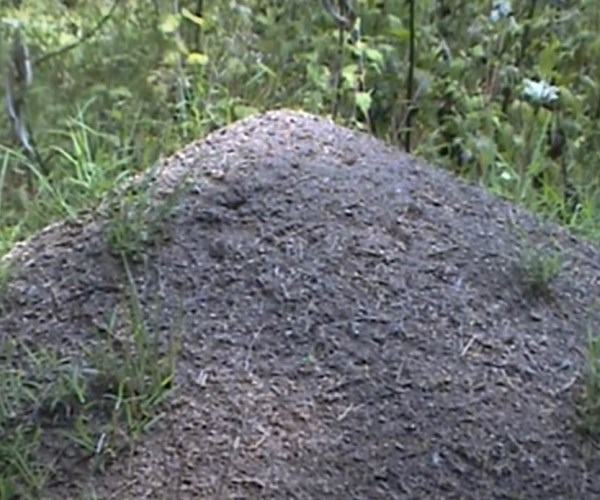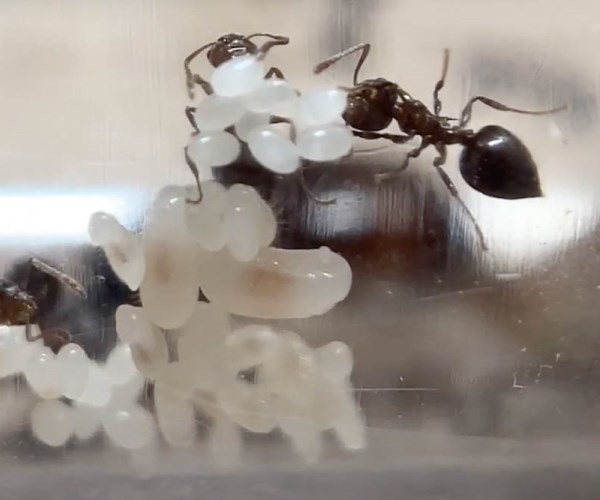About Argentine Ants
About Argentine Ants
Argentine ants got their name from their origin. The ants are natives of northern Argentina, from where they have spread all across the world. They are a hardy species with notable features such as a quick reproduction rate, an aggressive nature, and a diverse diet. They also live in a wide range of habitats and have well-established populations in cities.
Appearance
Argentine ants are small black and brown insects. Apart from the fact that they are wingless, the ants have basic physical features, shiny small black or brown ants. The average length of the ants is between 2.2 and 2.6 mm. The queen is typically larger than the workers. The ants have 12-segmented antennae.
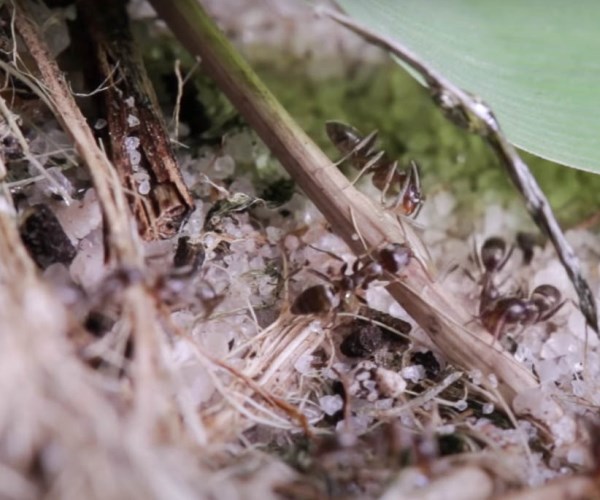
Behavior
The ants are natives of Northern Argentina. From Northern Argentina, the population of the ants has spread to more than 15 countries with a presence on six continents. They are found in a wide variety of climatic conditions, from the temperate regions to areas with high humidity. Humans play a major role in the spread of the population of the ants. The ants are well established in southern states of the US as well as California.
Argentine ants live under wood, in logs, debris, and mulch. The ants may also be found in cavities in the base of shrubs and trees. Because they are wingless, they do not fly to new locations to create colonies. Instead, the reproductive species mate within existing nests. New colonies are established by walking, with the queen and workers leaving afterward to start a new colony in another location.
The males are very short-lived. After mating with the female, they die. After the single mating, the females produce eggs for life. The ants live in large colonies that hold hundreds of ants. The queen does not just stay in the nest as seen with other species. The queen leaves the nest with the workers. They prefer to nest in moist soils. The nest of the ants is found in locations such as along sidewalks, under buildings, and beneath boards.
If the outdoor conditions become unbearable, they could move into different types of buildings. They enter buildings through pathways such as tree branches. They then look for places with moisture to nest.
Argentine ants have a diverse diet. They feed on a wide range of food materials but prefer sweet foods. Argentine ants feed on honeydew which is produced by the insects that feed on sap, such as aphids and mealybugs. Because they depend on insects for food, honeydew, they protect them from their natural enemies.
The ants live in networks of colonies that make up super colonies. Because of this pattern of establishing colonies, they can steadily grow to populations large enough to occupy city blocks. They are highly efficient at foraging and move in trails. As they forage, they release pheromones on the journey to and from the foraging sites. They do this to prevent visiting a site multiple times.
Argentine ants are known for aggressive habits. They could displace other insects, even other species of ants from new areas they discover. They can also increase their populations within short periods and change habitats as required.
Damage they cause
The damage they cause is related to their aggressive nature. They can displace a native species of ants from an area. They are also regarded as ecological pests as they attack hatching eggs and nesting birds, their large numbers playing significant roles in the success of these attacks. Argentine ants are horticultural pests.
They attack orchards as well as large farms. They also cause significant damage to commercial beehives. The ants are known for their aggressive nature and large populations, features that make their control difficult. They do not bite or sting humans.
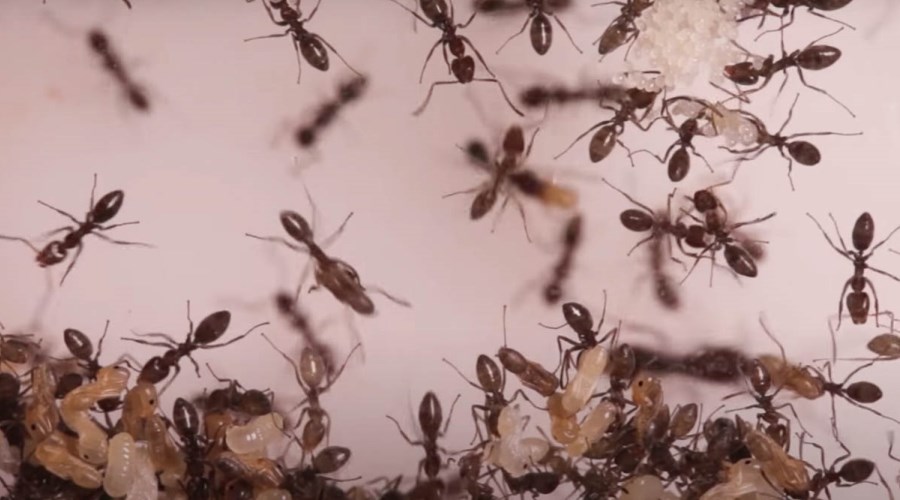
Signs of infestation
The trails of the ants are easily noticeable and are used as a sign of infestation. They can be seen traveling on buildings, tree trunks, and different surfaces.


